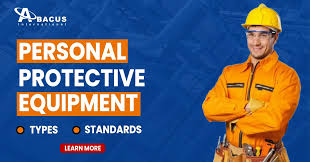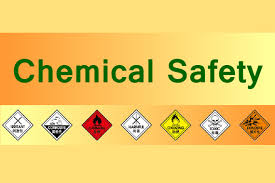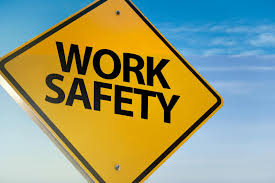
Personal Protective Equipment (PPE) Use
Description:
Personal Protective Equipment (PPE) is specialized clothing or equipment worn by employees to protect themselves from workplace hazards. PPE is essential for preventing injuries and illnesses in various industries.
Key Points
- Hazard Identification: Identifying potential hazards in the workplace.
- PPE Selection: Choosing the appropriate PPE for the specific hazards.
- PPE Training: Training employees on the correct use, care, and limitations of PPE.
- PPE Inspection and Maintenance: Regularly inspecting and maintaining PPE to ensure its effectiveness.
- PPE Fit Testing: Ensuring PPE fits properly to provide adequate protection.
Advantages of PPE Use
- Reduced Injuries and Illnesses: Protects workers from a wide range of hazards, including physical, chemical, and biological risks.
- Increased Productivity: Reduces downtime due to work-related injuries and illnesses.
- Improved Employee Morale: Demonstrates a commitment to worker safety and well-being.
- Legal Compliance: Ensures compliance with safety regulations and standards.
- Reduced Costs: Minimizes costs associated with accidents, injuries, and workers’ compensation claims.
Author: HNK Globals Institute








